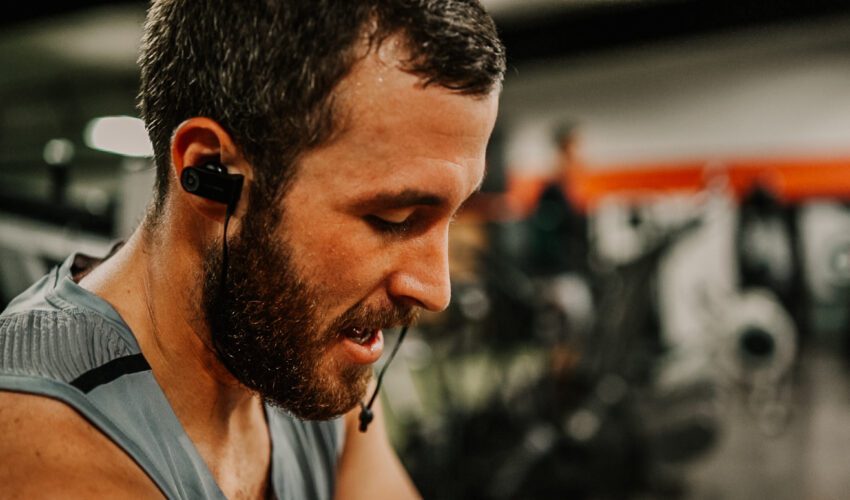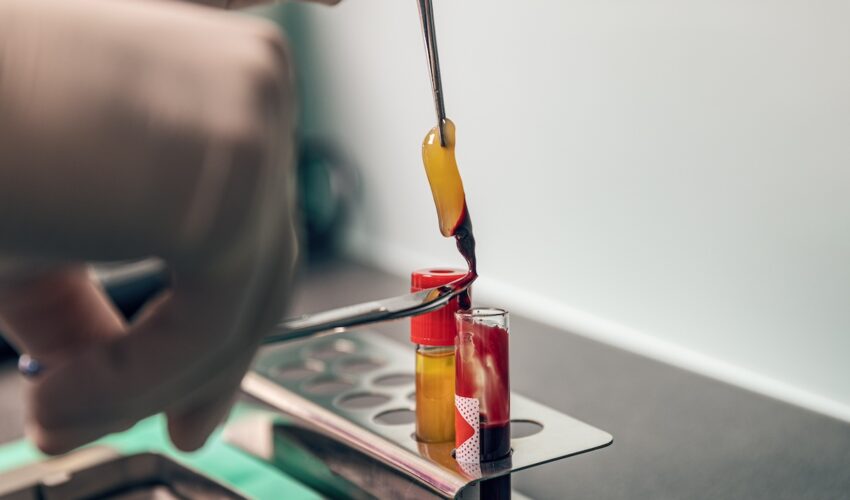Here’s what to know about replacements known as ‘teeth in a day’
May 2, 2024
This paid piece is sponsored by Siouxland Oral Surgery.
What is a sinus lift bone graft?
What is site preservation bone grafting?
What is an onlay graft?
What is a ridge spit graft?
What is a composite or particulate graft?
What is PRF?
What is BMP?
What is osteodistraction?
These are all common questions that patients ask in preparation for placing dental implants, and oftentimes they go together hand in hand. These are just some of the different types of bone grafts that can be used to augment an area in which you would like to place a dental implant but just don’t have enough bone volume to support and anchor the implant. There are many factors that go into choosing between the different types of grafting procedures, and every surgeon has their favorite technique that works well for them.
“Teeth in a day” has come into vogue, and the thing to remember is that the teeth you get that day are temporary, and you must be careful with them. They are prosthetics that you wear while everything heals over the next six months. Then, the final prosthetic gets made. To get to that point of receiving the temporary prosthetics, however, you might need the bone grafting steps first.
Some “teeth in a day” are plastic teeth that screw directly into the dental implants. The advantage is that you literally have teeth in a day. The disadvantage is that you have to be very careful about what you eat because it is easy to overload the implants as they undergo healing for the next six months. When you transition from natural teeth to plastic teeth in a day, you are still used to chewing like you would on natural teeth, which is bad for implants that are just beginning to heal in the bone. Many times, we complete the procedures and place the patient in traditional dentures to protect the implants as they heal from chewing forces. And then in six months, with your dentist, you convert the prosthetics into the final fixed prosthetic.
So back to some of the different types of bone grafting. Commonly, there is a need to increase the depth of bone in the posterior maxilla to anchor an implant. If you need a lot of vertical height, then you enter the sinus proper via a lateral approach – intra-oral but from the side – above where the tooth roots would be. And as crazy as this sounds, you can do the same to increase the height of bone where your front teeth are because you can place bone grafting in the front part of the nose.
An onlay graft or a ridge split graft are ways of widening out the bone where the implant will be by adding a layer of bone – laying it on the existing bone – or splitting the existing bone with chisels and gently widening it so the plant will fit in between the splits. You also can widen out the bone with bone chips – compost graft or particulate graft – held in place by a collagen membrane.
Platelet Rich Fibrin, or PRF, and Bone Morphogenic Protein, or BMP, are two other ways to actually grow bone. PRF uses growth factors from your own blood, and BMP uses synthetically made growth factors to grow new bone.
After a tooth extraction, some practitioners place a bone graft in the hole to help preserve the anatomy/morphology of the area until things heal and you can get an implant at a later date. There are times when you would like to place an immediate implant after the extraction of a tooth, but for a variety of reasons you can’t or shouldn’t. That’s when you would place such a ridge preservation graft or site preservation graft.
And then there is osteodistraction, where you use a device that has a foot plate on the bone you want to move and on the bone that will stay put. They are connected by a screw, and as you turn this screw, the pieces separate. You separate them until you have moved or transported the bone to where you want it, set them in place and let them heal and solidify for six months.
So those are the basic types of bone grafting techniques for dental implants. They all have their indications and their plusses and minuses. Your oral surgeon can accomplish any of these or even more complex techniques – like transplanting part of the bone from your hip if needed. Therefore, when you want a dental implant placed and need some grafting, be sure to review these options and see which ones are best for your case and where you might have a choice of grafting procedure.
All the best from Siouxland Oral Surgery!
Oral Surgery By Oral Surgeons.











